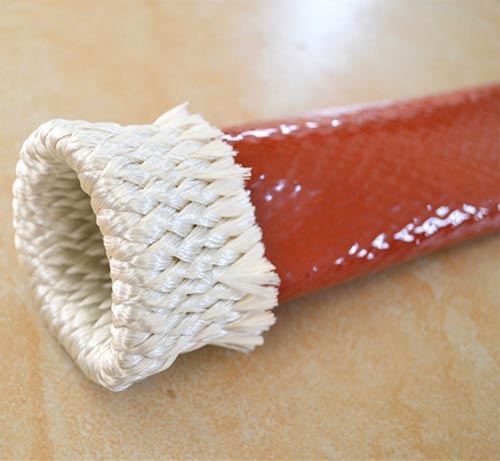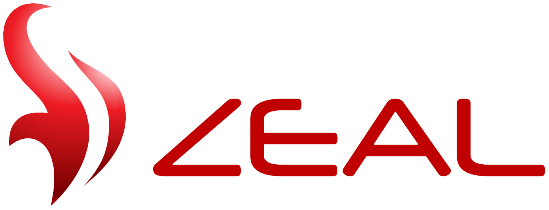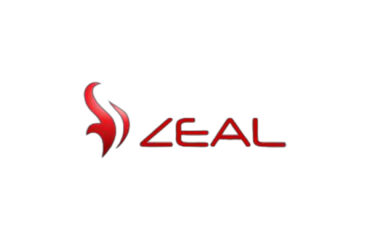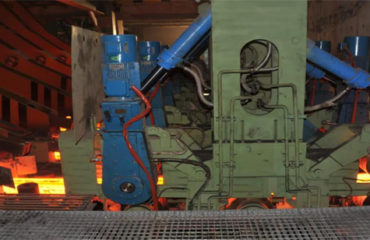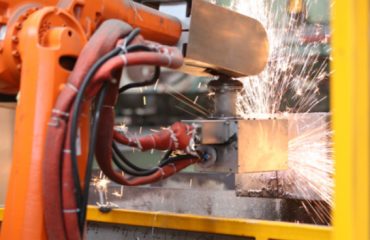Glass fibre is a kind of inorganic non-metallic material with excellent performance. It takes natural ore as raw material, mixes according to the designed formula, and then carries out high temperature melting, drawing, winding, weaving and other processes to form various products. It has the advantages of high strength, high modulus of elasticity, low elongation, good electrical insulation and corrosion resistance. It is widely used in various fields of national economy as reinforcing materials, electrical insulation materials and thermal insulation materials in composite materials.
According to the alkali content of glass fibers, it can be divided into alkali-free fibers, medium-alkali fibers and high-alkali fibers.
High alkali fibre countries have banned the production of such products; the output of non-alkali fibre and medium alkali fibre accounted for more than 98% of the total output of glass fibre at present. The difference between medium alkali glass fibers and alkali-free glass fibers is mainly due to the different composition of glass. Medium alkali glass fibers contain a certain amount of alkali metal oxides, such as Na2O, which is usually called C glass fibers. Alkali-free (E) glass fibers do not contain alkali metal oxides. Medium alkali glass fibers are different from alkali-free glass fibers in electrical, mechanical and chemical corrosion resistance. C-Fiberglass is worse than E-fiberglass.
Hebei Zeal high-temperature fire sleeve is made of high-purity alkali-free E glass fibers and coated with high-quality imported silicone rubber vulcanized at high temperature. It has the properties of flame retardant, heat insulation, thermal insulation, electrical resistance and softness. It is mainly used for high temperature protection of cable hydraulic pipelines in high temperature places such as iron and steel works, smelters and glass factories. It is very safe and environmentally friendly.
